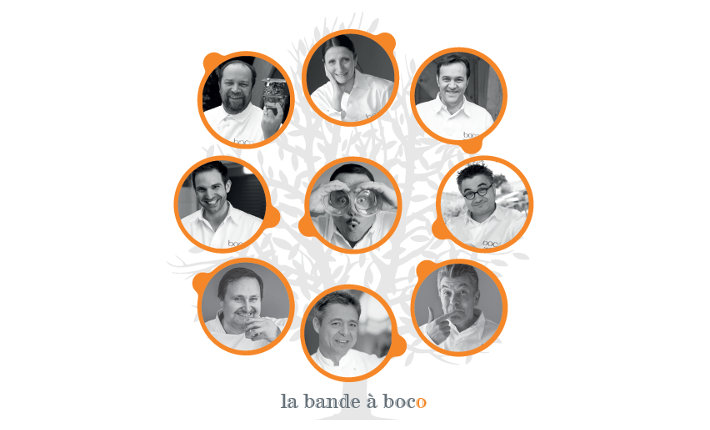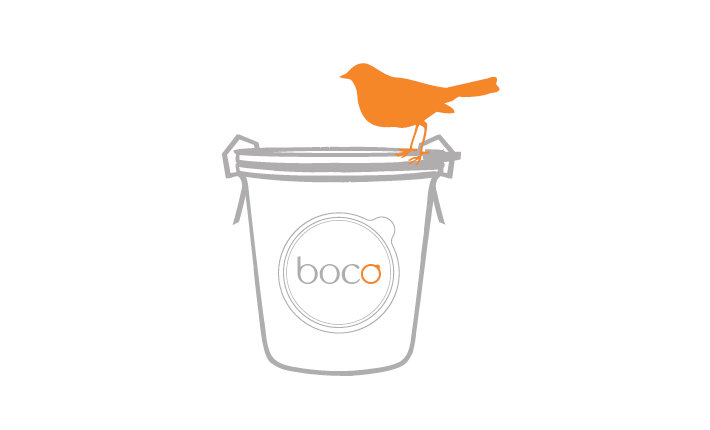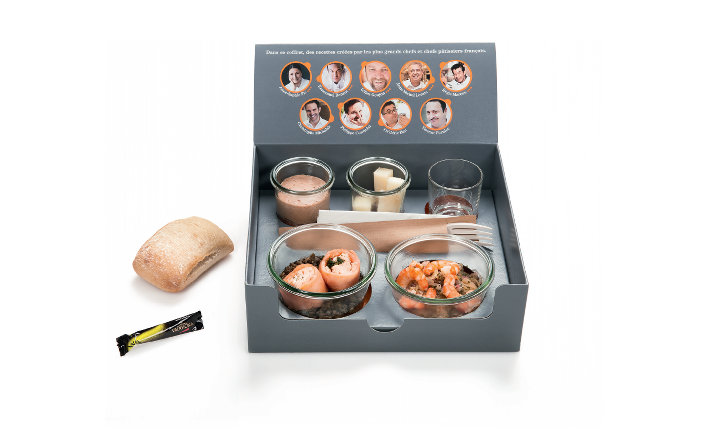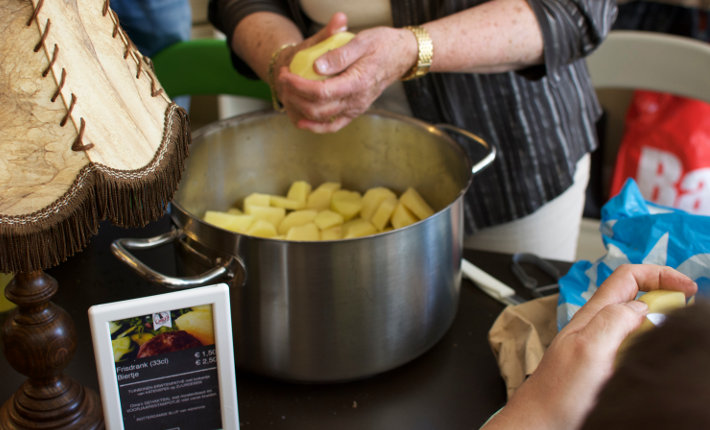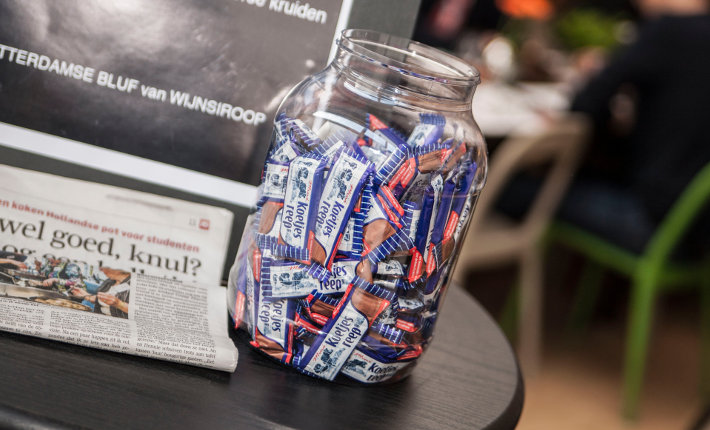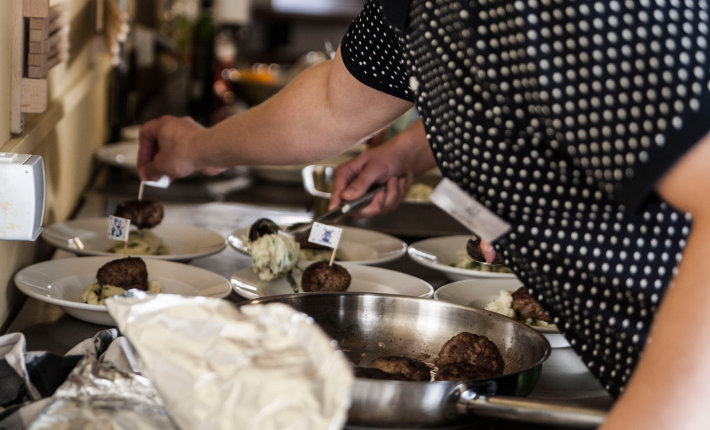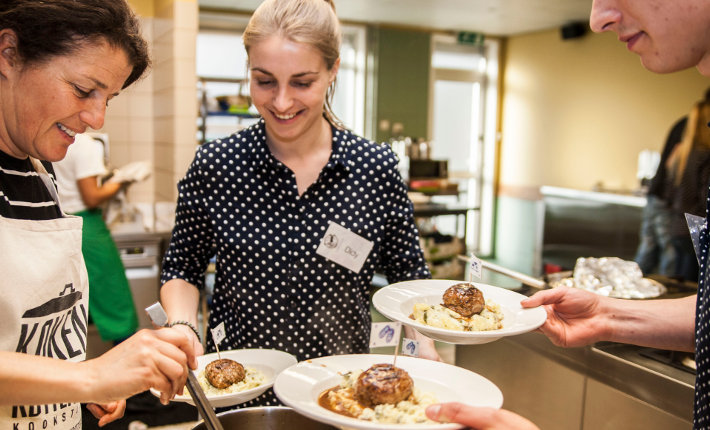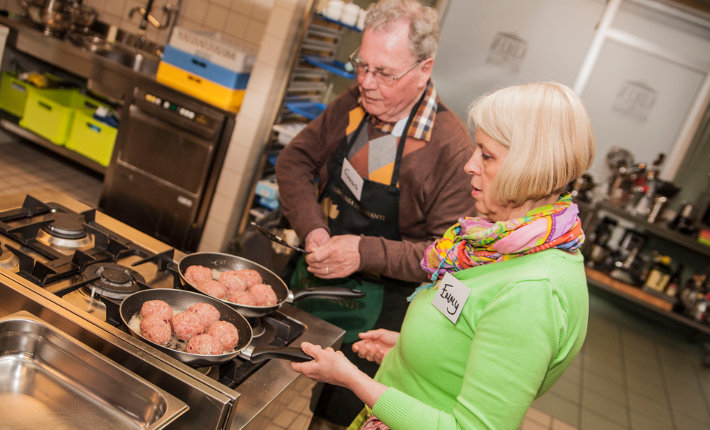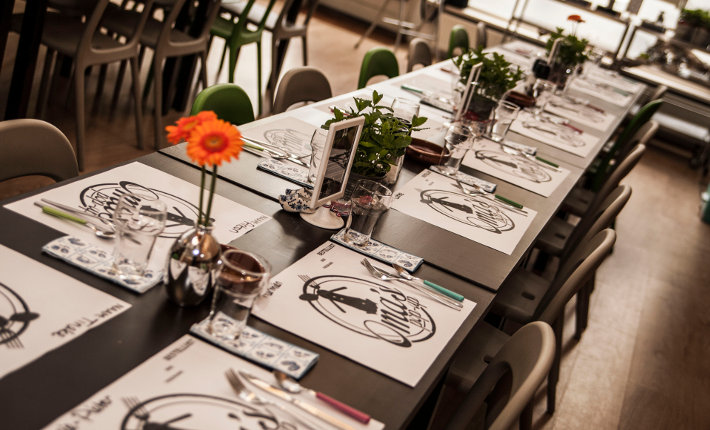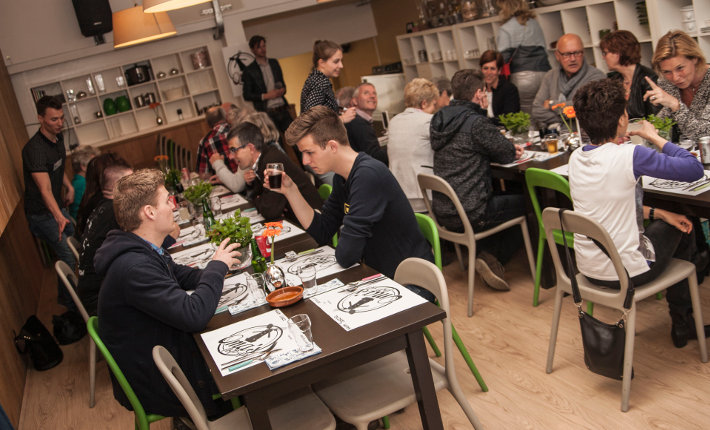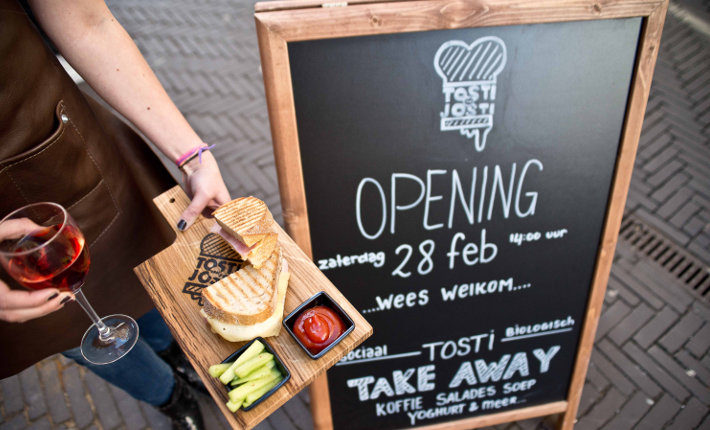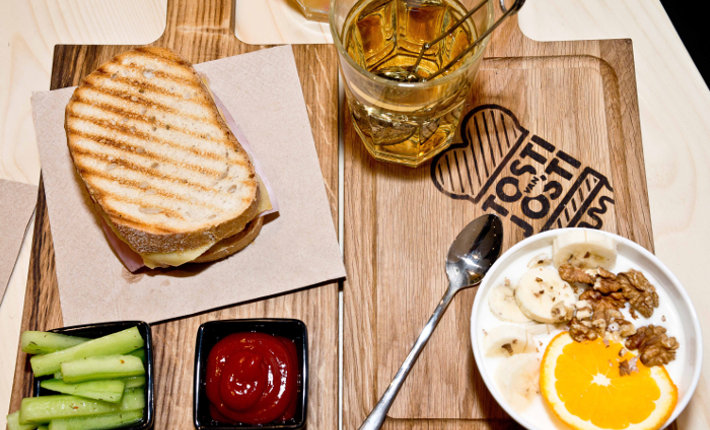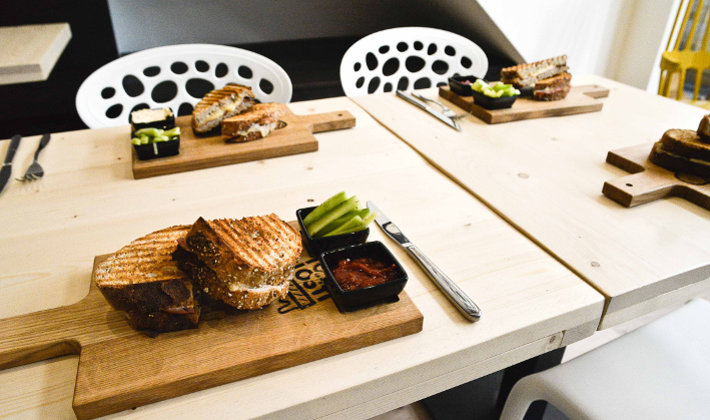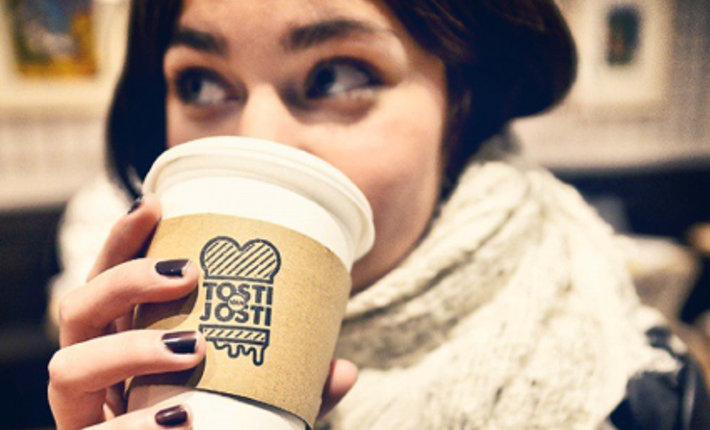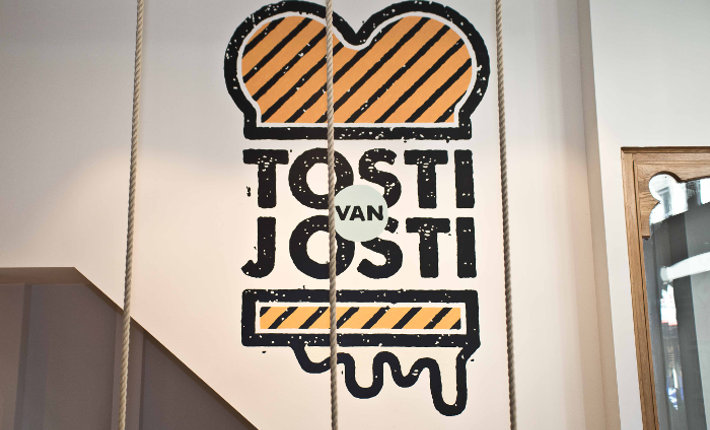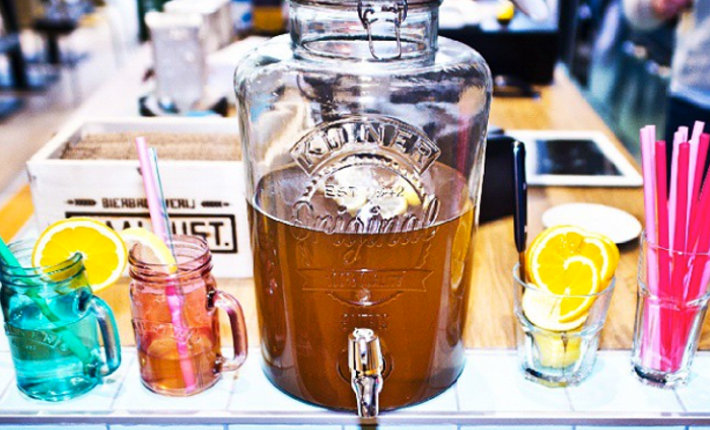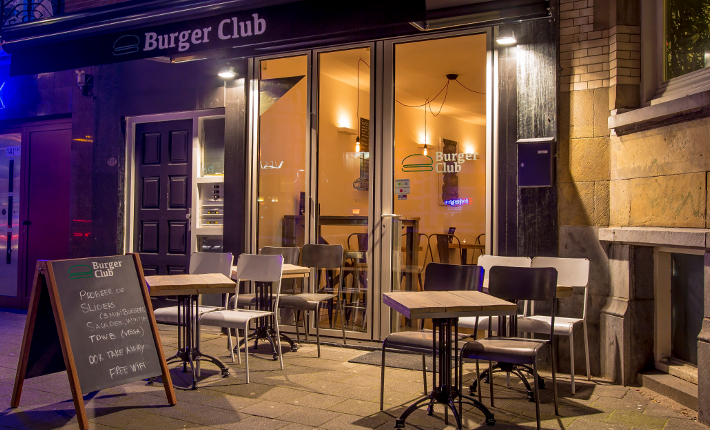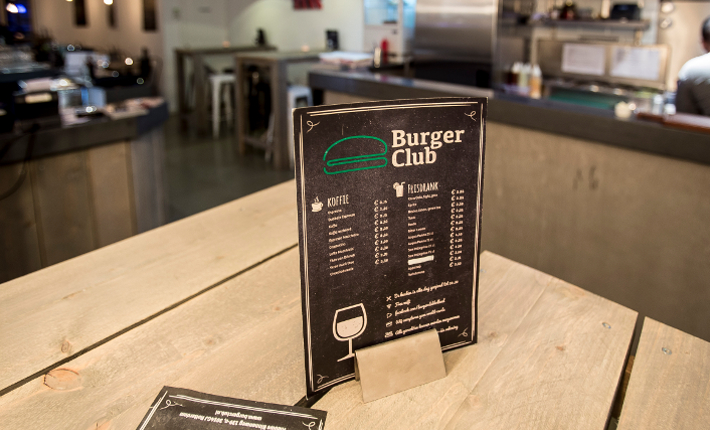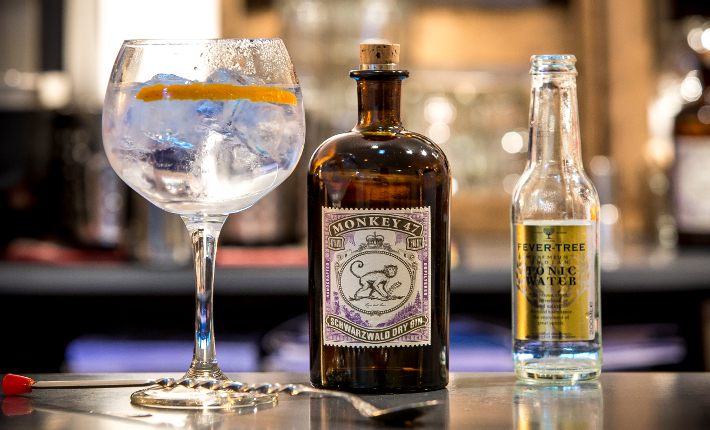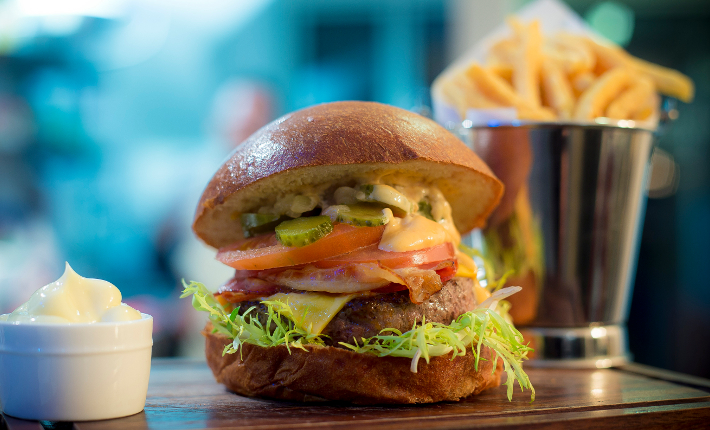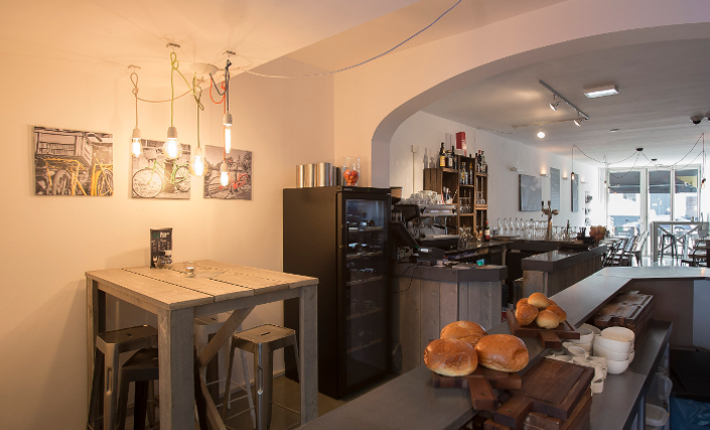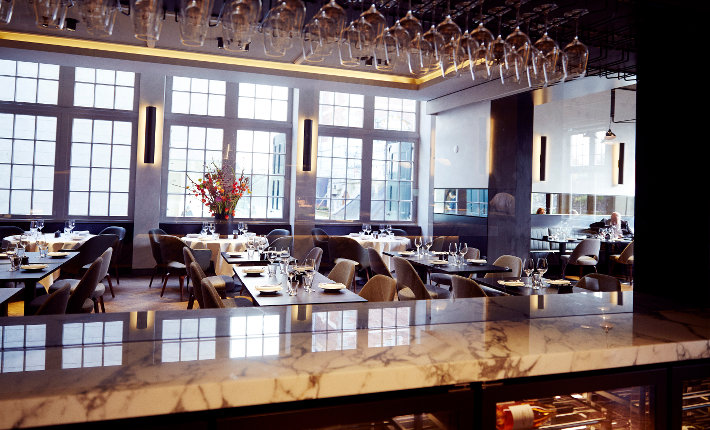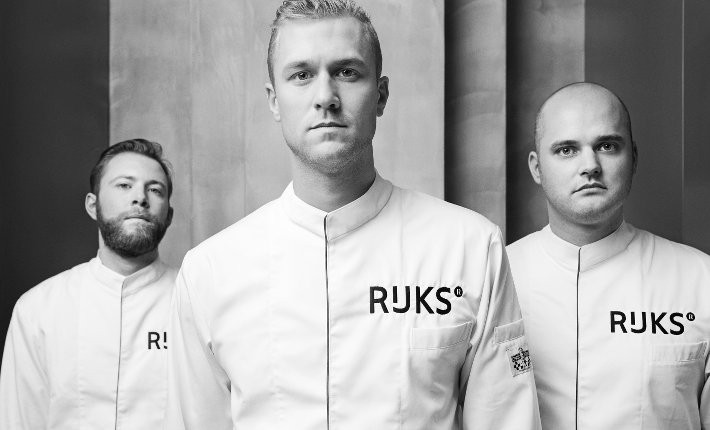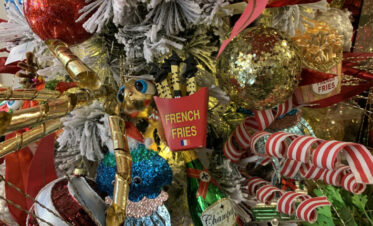
SAIL Amsterdam has interactive long range beacons
19-8-2015
Unique interactions between tall ships and smartphones via long range beacons at SAIL Amsterdam
Every five years, SAIL Amsterdam is the epitome of historic tall ships. Next to the historical ships, SAIL has a world first in the field of mobile innovation this week as well. Using long-range beacons and the inBeacon software platform which was developed in the Netherlands, spectators get automatically information about some 10 special ships via the SAIL app once they are in the neighbourhood.
A unique experience during the SAIL-in-Parade
During the SAIL-in parade specially developed long-range beacons offer information about the ships to a range of 300 – 350 meters. Beacons are placed on either side of the tall ships to cover the span of the Noordzeekanaal which is 400 meters in total at some points. The information about the ships will automatically be provided when the ship is nearby and the viewer has installed the free SAIL app and a Bluetooth connection. High in the mast of the bark ‘Europa’ a webcam is installed that broadcasts unique live view images. The viewer gets a link to the images via the SAIL app as soon as the ‘Europa’ sails along.
Range up to 300 meters
Until recently beacons a maximum range of 50 meters. The long-range beacons that are used during SAIL contain specially developed chips that allow an effective range of up to 300 meters.
Innovative technology with a Dutch character
The Dutch inBeacon is a cloud software platform that interacts with the owner of the smartphone as relevant as possible. The smartphone interacts with the environment, or the environment reacts to the smartphone.
SAIL app
All beacon interactions take place via the SAIL app that is available for free at the Apple iTunes store and Android Play store . The app works on all new iPhone version 4s and virtually all newer Android devices from version 4.3.
Internet coverage in rural Sri Lanka using Google Project Loon
3-8-2015
The Minister of Foreign Affairs of Sri Lanka, Mangala Samaraweera, announced on 28 July 2015 that the country will provide full internet coverage in collaboration with Google. It will be the first country in the world with affordable, universal access to the internet.
Project Loon
The Project Loon balloons drift in the stratosphere, twice as high as airplanes and above the highest clouds. Loon balloons are able to go where they are needed by increasing or decreasing their altitude and move to the layer in the atmosphere with the desired wind direction. Each balloon has a 4G wireless communication transmitter and a reach of about 40 km in diameter.
Facebook Aquila
Facebook is also working on the internet accessibility in rural areas under the name of ‘Aquila‘. The engineers of this company develop a solar-powered plane that can communicate with the ground via laser technology. Global Internet coverage for everyone is nearby now because these two Internet giants are working on it.
With these developments, communication during disasters and in remote areas will be cheaper and faster in the future, one of the motives of Google.
Boco – the next step in fine dining for the masses
19-5-2015
Leonie van Spronsen, lives and works in Paris and recently had lunch at boco bistrot where you get food made from recipes by top chefs.
It is an ongoing process, chefs decline Michelin stars, close down their Michelin starred restaurants to start a gastropub like Ron Blaauw, Michelin starred restaurants start selling take-away chicken and what self respecting chef doesn’t have a bistrot or tapas bar next to his restaurant? The fine dining world is becoming more and more accessible for the world to taste.
The French brothers Vincent and Simon Ferniot want to take this to the next level. Boco, a French F&B concept started in Paris, bringing together 8 different chefs that are renowned and celebrated in the culinary world for a fast casual, take away concepts. Every day they sell the favourite dishes of those 8 chefs made after their recipe in beautifully recyclable glass packages. On the display you can see who created the dish next to a full description of the biological ingredients.
Boco creates a culinary experience for everyone, a chance for anyone in the area to improve their daily life with a small look into the kitchen of an awarded chef. And if they want to – they can try a different chef every day of the week.
More information about boco:
Grandma’s dishes served in pop-up restaurant
4-5-2015
Oma’s (Grandma’s) pop-up restaurant is a restaurant serving traditional Dutch dishes. The dishes are prepared by enthusiastic seniors who still have energy and want to remain active. Benefit: reintegration of elderly and guests can enjoy meatballs, green beans and other traditional Dutch dishes.
Six Commercial Economy students from Hogeschool Rotterdam came up with the idea to establish a pop-up restaurant for seniors. Nowadays the loneliness of seniors is a big social issue and that’s why the students chose to do something about it. The idea is that the seniors will make their traditional meals which will be served in the restaurant.
Grandma’s dishes
Grandma’s soup, meatloaf or stew, who hasn’t got a fond memory of eating that particular great dish from grandma? At Oma’s pop-up in Rotterdam, guests can taste these delicious and traditional Dutch dishes. These dishes were prepared by seniors that mostly cook only for themselves and love to create more social contact this way.
A day full of activities
The seniors will have a day full of activities at the Saturday that they make their dishes. There will be a workshop by a professional chef and in the evening the seniors are preparing the dishes. These dishes will be served in the restaurant and after a nice meal the guests will get the opportunity to visit the kitchen and have a conversation with the seniors. Maybe even swap recipes! The six students are hoping that after this day, the people involved will maintain contact with each other.
Joint venture ‘World of Food’ a new streetfood food hall in Amsterdam
26-3-2015
Throughout The Netherlands more and more food halls are rapidly created. Recently a joint venture in the Southeast of Amsterdam signed the papers to transform a former parking garage into the ‘World of Food’, a new type of food hall. Dozens of entrepreneurs joined forces and are collectively responsible for both cooking the street food and running the joint project. The ‘World of Food’ opens late May 2015.
Tosti van Josti
26-2-2015
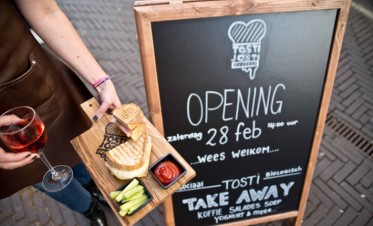
Tosti van Josti, a new breakfast & lunch restaurant, will open her doors at the centre of The Hague at the end of February. A concept that is different from all the other lunchrooms. The ‘Tosti’s’ (sandwiches) will be served and made by people with a mental or psychological work limitation.
Tosti van Josti
‘Tosti van Josti’ works with organic and healthy products as much as possible. The assortment will exist out of sandwiches, yoghurts, soups, salads, juices, homemade lemonades and organic soft drinks.
In the Netherlands we have a band with boys and girls who suffer from down’s syndrome they are called: ‘The Josti band’. To give the word ‘Josti’ a positive vibe and to show that people with a work limitation can function well in a lunchroom, the founders came up with the name ‘Tosti van Josti’. Check out their website, there is a countdown until the big opening at 28 February. We wish all the staff a lot of fun with working at Tosti van Josti.
The Burger Club – Brings burgers to life through thoughtful ingredients.
17-2-2015
At the Burger Club at the Nieuwe Binnenweg in Rotterdam you can choose between three types of meat for all the burger they serve; MRIJ (Dutch) beef, USA Wagyu beef and Iberico pork. Difficult to choose.
Burger brought to life through thoughtful ingredients
Burgers like a Classic, BBQ, Greek, De Luxe or a juicy burger (the latter with gorgonzola in the meat) can be served with all the above types of meat. The MRIJ (Dutch) beef comes from butcher Piet van den Berg and is made from cattle grazing on the banks of the Meuse, Rhine and Ijssel rivers. For those who can’t choose, you can taste all three varieties if you order the sliders.
Owner Luis originates from Spain and you can trace back some Spanish influences in the menu. He serves a burger with chorizo and jalapeno peppers or one with Iberico ham and aioli. The fries are fried in olive oil, which clearly reflects on the taste. But they also serve a ‘Dutch Weed’-Burger, a vegetarian burger with seaweed as main ingredient. And a burger from grilled farm chicken combined with mango chutney.
Gin + Tonic at the Burger Club
Besides wine and beer the Burger Club also serves gin & tonics. Guests can choose from four types of tonics and eight varieties of gin, including Bobby’s, Hendricks and the German gin, Monkey 47.
Burger bars/restaurants are popular in the Netherlands
Hamburgers from fine quality beef remain trendy. The last couple of years we saw a rise in the number of burger bars or restaurants. If you as a restaurant owner would like to offer your guests more choice in the type of meat, check out the choice from The Frozen Butcher .
The Six Friends Theory by Mercure
16-1-2015
The six-degrees-of-separation theory claims that everyone on this planet is connected with each other by a maximum of six people. Mercure hotels introduced a worldwide digital campaign: ‘The Six Friends Theory’ and is looking for the perfect candidate to test the theory. From 20 January till 20 February the perfect candidate can apply through a worldwide selection process.
Purpose
The purpose of the campaign is to select a candidate from somewhere over the world, then let him/her meet an Aboriginal of the Bundjalung tribe and prove that they are only six links away from each other. They don’t know each other but they will get together via friends and friends of friends whom connect them.
Participation
From 20 January adventurers are invited to post a video of themselves on the Facebook page of Mercure. In the video they have to tell who they are, what talents they have, what their motivations and passions are and why they are the best friend of the world in just one minute. A video can be posted till 20 February.
The 50 videos with the most likes are directly going to the finals. A jury that consists out of six people including Jean-François Julian (a Movie Director) and Isabelle Musnik (Editor-in-Chief of INfluencia) will select the winner in a final interview. The selection takes place between 20 January and 10 February 2015 and the results will be announced between 17 and 24 February.
The Six Friends Theory
The first prize of the campaign is a trip around the world with stays at several Mercure hotels. The winner will be on his way for seven weeks from the beginning of March. ‘The Six Friends Theory’ exists out of six meetings, six destinations and six Mercure hotels worldwide. At each destination the winner will hear where he is going to find the next friend. These friends will give him a local experience and guide him to the next assignment towards the Aboriginal.
The winner will be on his way together with a film crew, directed by Jean-François Julian. It is his job to capture all the meetings and experiences of the winner.
There are also different rewards for the other 49 candidates from the finals like overnight stays at Mercure hotels and Samsung tablets.
Eco-friendly eats
3-11-2014
Julia Soldic, our guest writer about the Scandinavian cuisine, writes about one of her passions: the sustainable food movement.
95% of the world’s ecological food products are being consumed in Europe and North America, leaving us the most conscious eaters in the world . In ten years, the turnover of organic food consumption has tripled worldwide, according to a report conducted by the International Federation of Organic Agriculture Movements. Switzerland is the most eco-friendly country in Europe, closely followed by the gastro country of Scandinavia: Denmark. Sweden and Germany are the runners- up whilst The Netherlands, Belgium and Norway are on a shared seventh place. Consuming eco-friendly goods, in the above countries, is not yet available for the price-sensitive working class, yet perceived as a more luxurious eating habit. What can we do to change this?
Low budget eco-friendly products
In April the Executive Vice-President of the renowned American multinational corporation Walmart revealed the news that a new low budget product line with eco-friendly food will be launched: “We know our customers are interested in purchasing organic products and, traditionally, those customers have had to pay more… We are changing that and creating a new price position for organic groceries that increases access.”
In Scandinavia, larger retail corporations have entered into lifelong supply agreements with ecological farmers supplying Danish supermarkets with sustainable food options – also on their lower shelves. A brave and forward-thinking push!
The Sustainable Restaurant Award 2014
Serving ecological food is simply a result to the known equation: supply is altered after the demand. People want Eco-Friendly Eats, both portrayed in the ingredients on the menu, yet also the restaurant owners shown effort into taking care of the planet. The Sustainable Restaurant Association, in partnership with the World’s 50 Best Restaurants, awarded the Basque restaurant “Azurmendi” the Sustainable Restaurant Award of 2014. Why? Because they care about our planet and still manage to retain Three Michelin Stars. Chef Eneko Atxa leads by example for other restaurateurs by implementing solar panels, showing a massive effort into recycling, portraying free ranged menu items, serving sustainable fish- and a large variety of self-grown organic vegetables. Chef Eneko Atxa; “We have a respect for our greatest supplier: THE EARTH, OUR EARTH.” One can say that chefs like Chef Eneko Atxa, is the sustainable restaurant industry`s reply to a glorified soul like the Catholic Church`s Saint Mother Teresa.
What does this trend mean for the restaurant industry?
Ecological food is still perceived as expensive, gourmet and food for idealists. It is not until we change this idea of ecological food, and make it food for the masses, that we will see the real change in consumer behaviour. In the second largest city of Sweden, Gothenburg, the city’s foodies have taken the matter of running eco-friendly eats to another level, introducing sustainable food panels lecturing startups on how to run a successful, sustainable and organic food operation. “Sustainability isn’t just a moral issue for restaurateurs – it’s fast becoming the hottest trend among hungry consumers”, says restaurateur, author and course initiator, Jens Dolk.
Change is difficult, but by being early adopters and support the rise of ecological agriculture, we will gradually change the idealist into you and me.
RIJKS® at Rijksmuseum
29-10-2014
On 1 November 2014, the RIJKS® restaurant of the Rijksmuseum in Amsterdam will open. The restaurant is located in the redesigned Philips wing, the final renovated wing of the museum. The restaurant will be open 7 days a week for lunch and dinner, has 140 seats, a separate room for 36 guests and a terrace with 130 seats. There is a separate entrance to the restaurant on outside of the Rijksmuseum. RIJKS® is a joint venture of Vermaat Groep and the Rijksmuseum.
Responsible for the interior; Paul Linse
For the RIJKS® designer Paul Linse used a mix of materials such as bronze, oak, marble, blue steel and suede. This gives the restaurant it’s cool and stylisch character in combination with the design furniture. Paul Linse was previous responsible for the interior design of various stations in the Netherlands, like Rotterdam Central Station and multiple projects at Schiphol.
The chefs; Joris Bijdendijk, Wim de Beer and Jos Timmer
Joris Bijdendijk is responsible for the kitchen team of Restaurant RIJKS®, that each season will be inspired by an international guest cook. Margot Janse from South Africa kicks off in January. The focus of the restaurant lies on Dutch products with inspiration from the exotic flavors that influenced the Dutch cuisine through the centuries. The chefs share the Slow Food mindset and have used products from The Ark of Taste in their dishes. Inspiring: At the restaurant a ‘RIJKS TABLE’ is served, check out the menu on the website to learn more about this. We are looking forward to future RIJKS TABLES inspired by the guest cooks and wish Joris Bijdendijk and his team a lot of fun and success at the RIJKS® in the Rijksmuseum.







